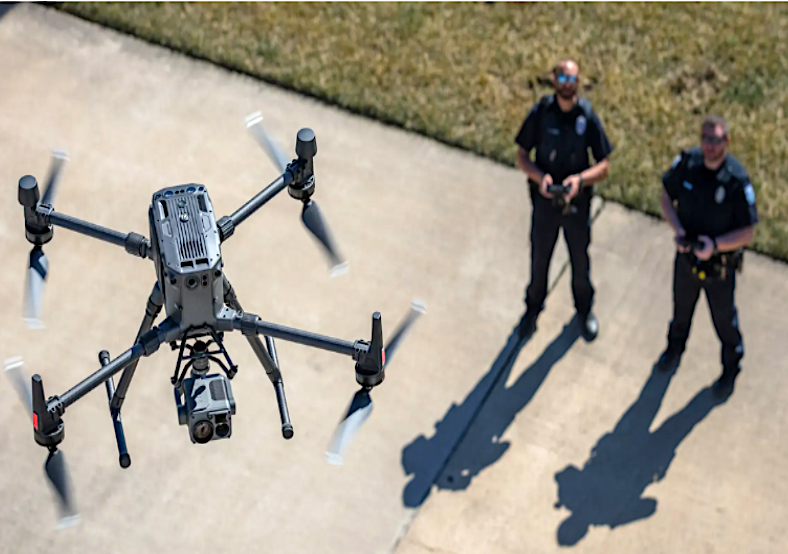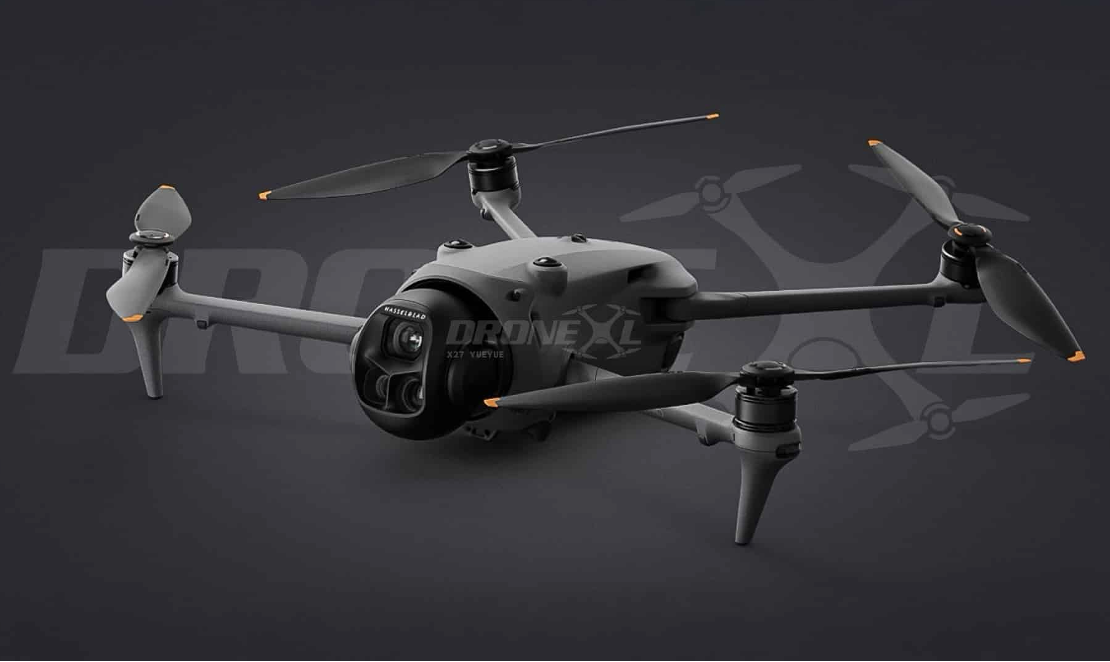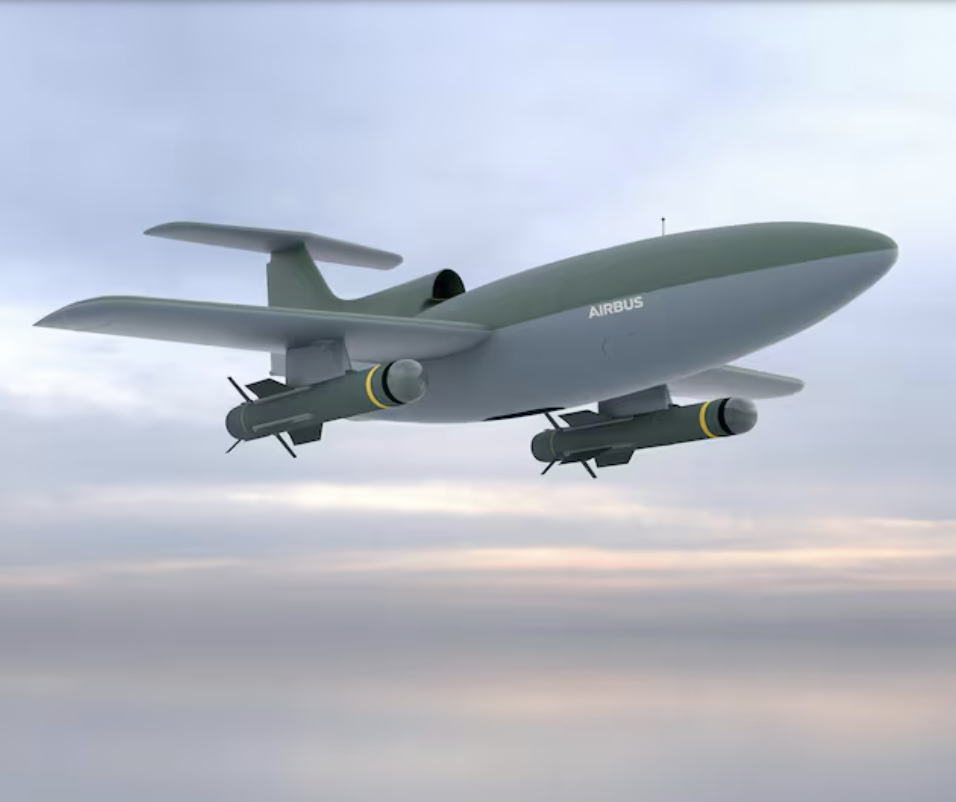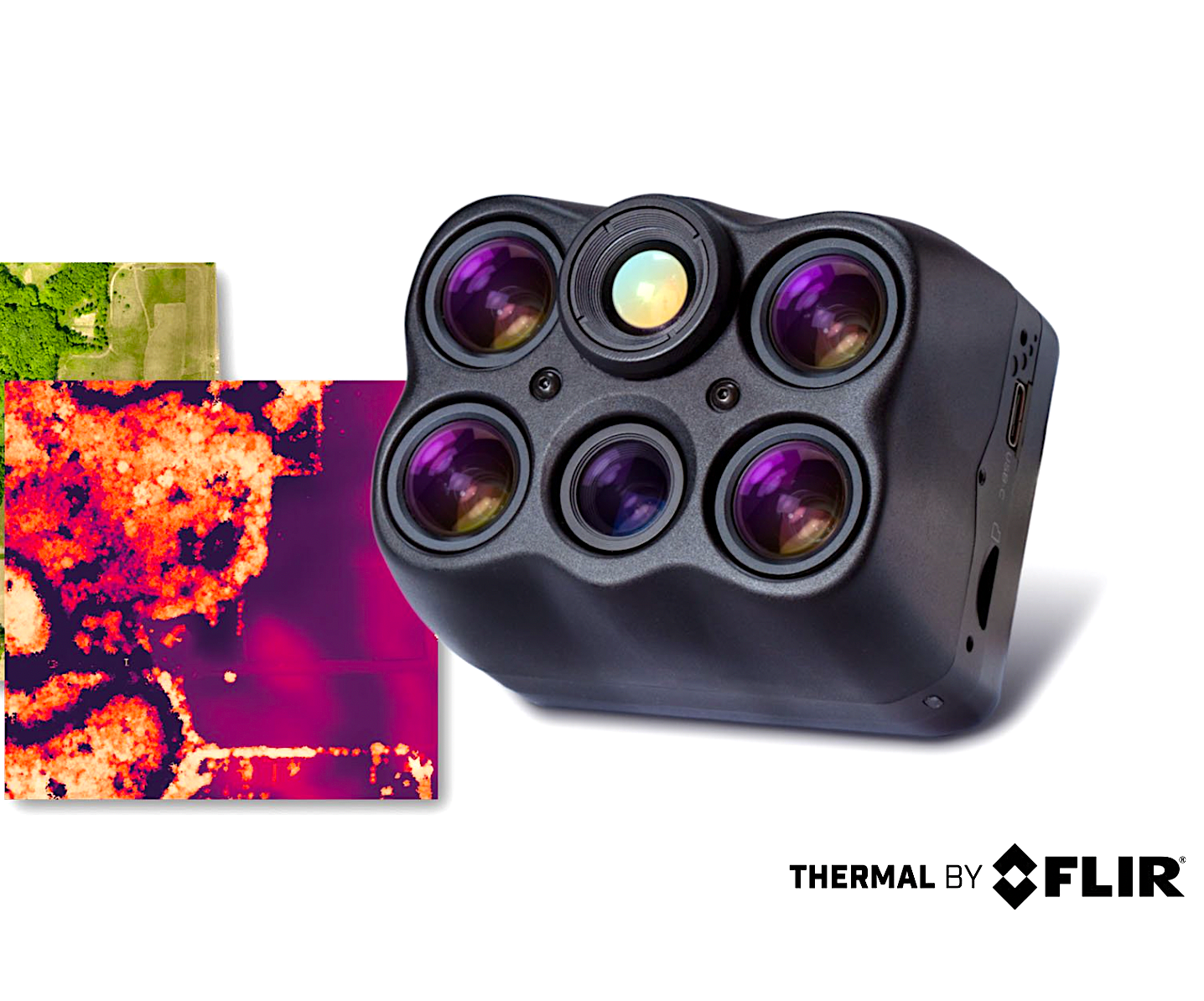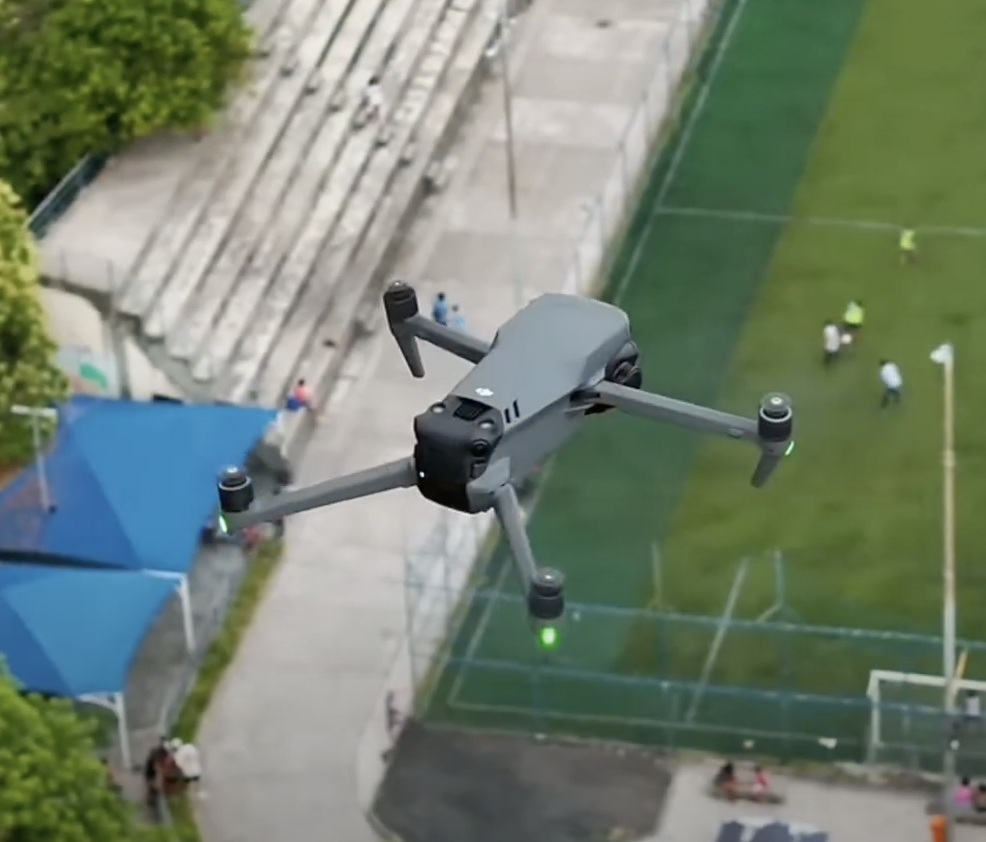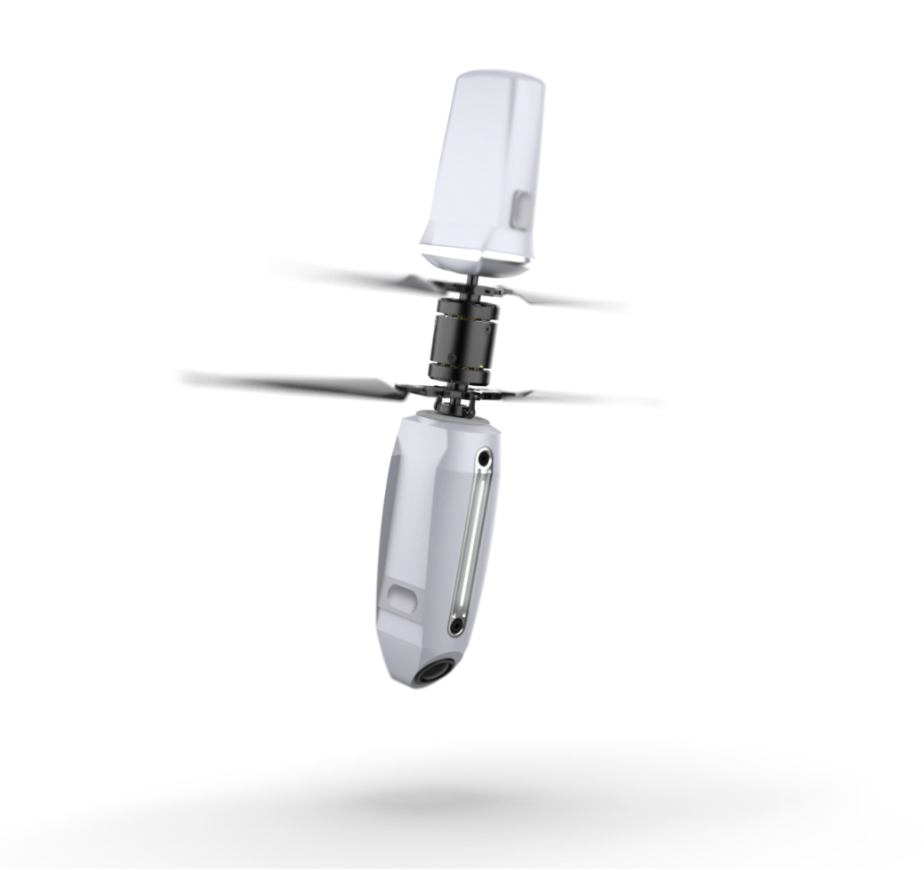Featured NewsTrending NewsMilitaryChina Could Change Warfare Game with New FH-95 Electronic Drone
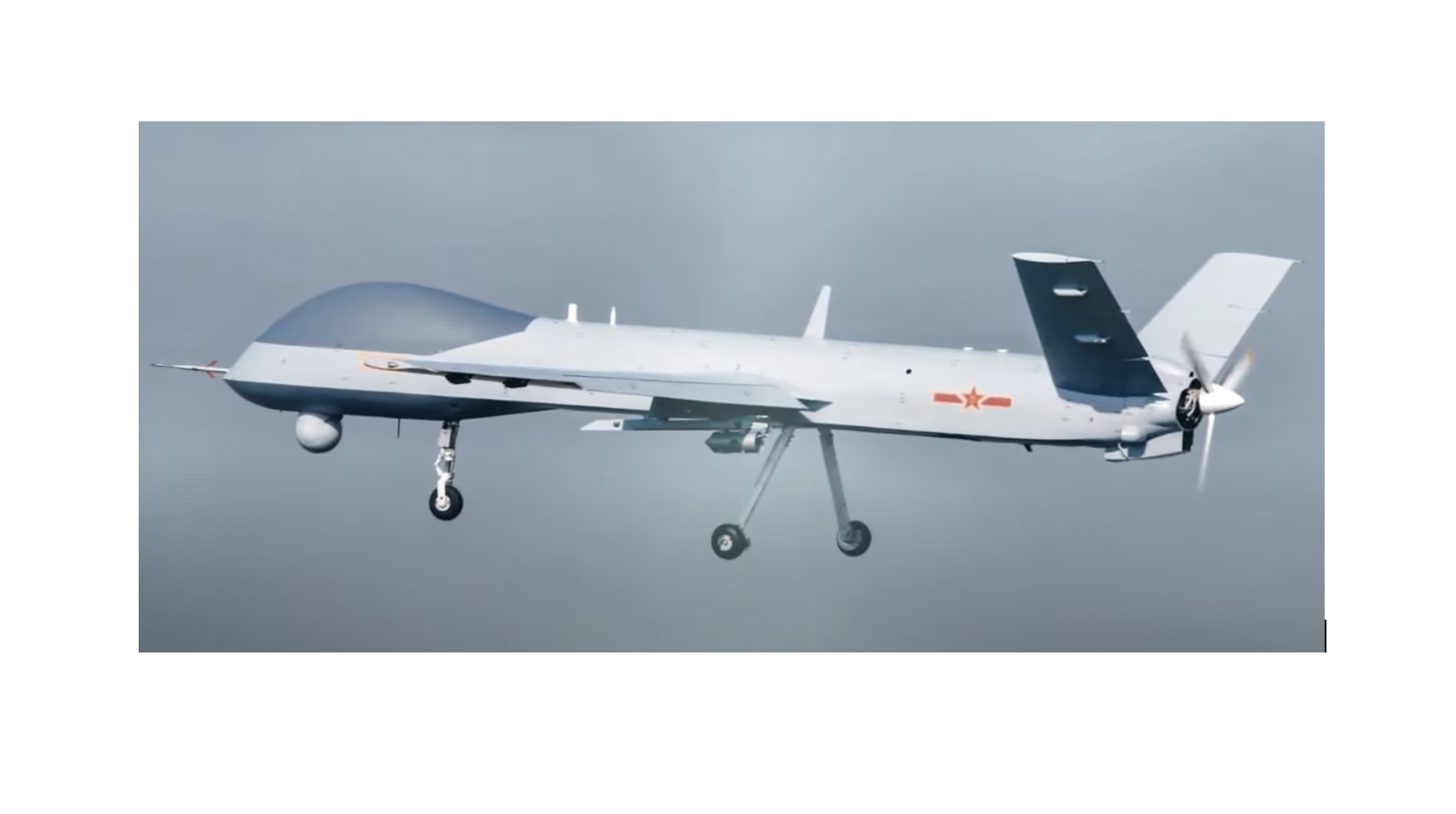
August 9, 2022
It's like something out of a straight-to-on-demand sci-fi combat thriller.
Enemy electronic warfare drones devastate and disrupt American high-tech forces relying on computer networks and drone systems. The electronic drones swarm over military installations, taking down radar and wireless communications. America's Joint All-Domain Command, and Control (JADC2) project—which depends on sensor-to-shooter links between drones and long-range missiles—is rendered ineffective.
The country is powerless.
This scenario is not 100-percent action-flick fiction.
China was completed performance tests on its new, home-ground FH-95 electronic warfare and armed reconnaissance drone, as reported by the nation's Communist Party-run Global Times. Manufactured by Aerospace Times Feihong Technology Corporation (ATFTC) under the state-owned China Aerospace Science and Technology Corporation, the FH-95 adds a new dimension to that country's warfare capabilities.
The Chinese have been not surprisingly cagey regarding information on the FH-95, but the Global Times stated the drone has a one-ton takeoff weight, can fly for up to 24 hours, and can carry a 550 lb payload.
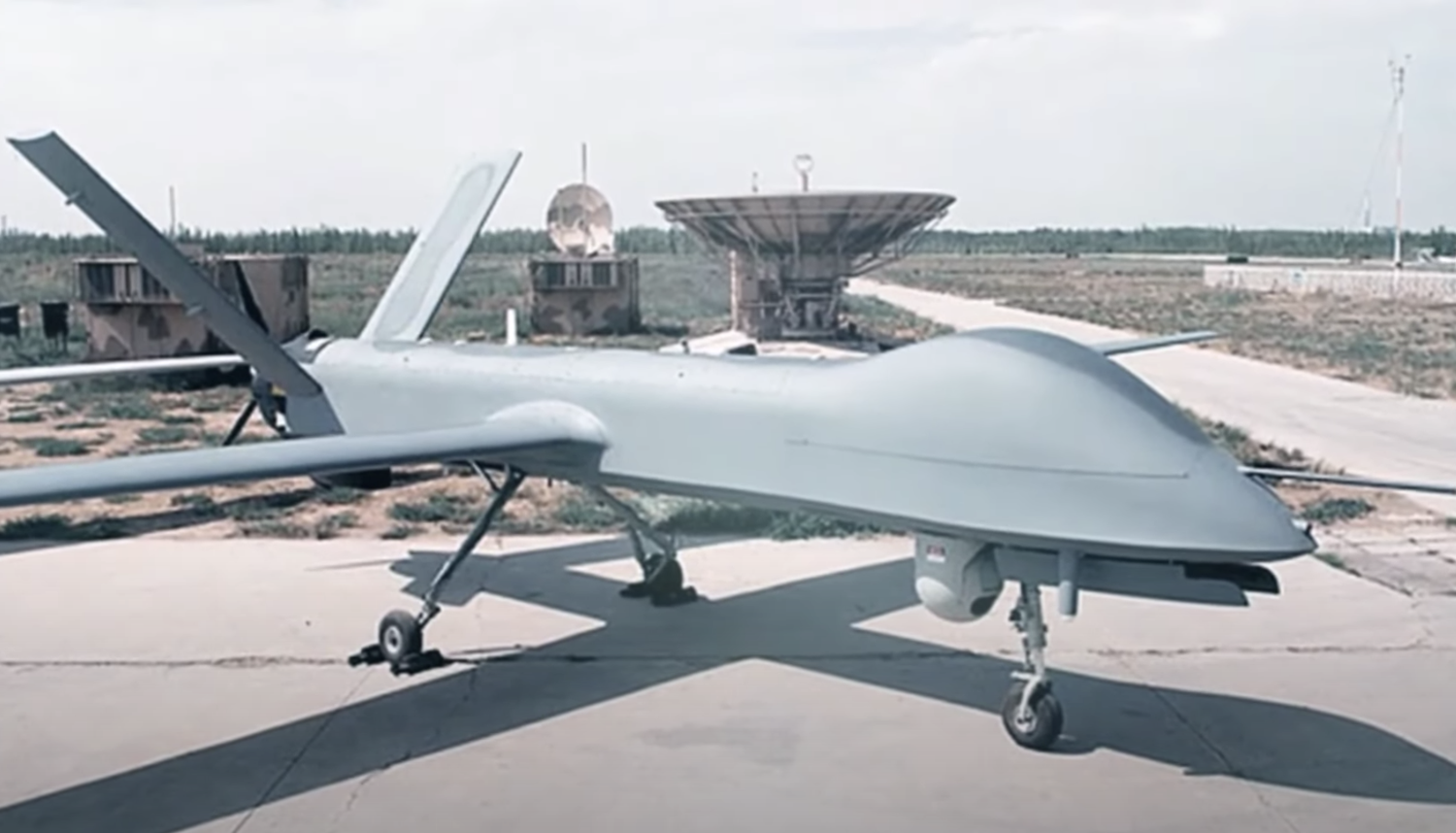
The Global Times also quoted Chen Jianguo—ATFTC’s general manager—as saying electronic drones suuch as the FH-95 will become critical assets in warfare. Jianguo detailed that electronic drones can perform tactical feints, spy on defended locations, and mass for saturation attacks with manned aircraft—far exceeding the capability of most current drones designed purely for attack and reconnaissance duties. Furthermore, the FH-95 could be a vital component of attacks by FH-97 stealth drones looking to devastate an enemy's air defenses—as well as precede further attacks by traditional FH-92A drones—by obscuring the imminent strike using electromagnetic interference.
Of course, military strategists are preparing for electronic warfare. National security analyst Zachary Kallenborn wrote a recent article in Modern War Institute that a massively compromised electromagnetic environment could spur development of autonomous weapons systems. But even that model has risks, as many drones function via satellite guidance and are therefore open to cyber attacks and enemy manipulation. The threat of attacks on satellite systems has spurred the United States, Russia, and China to develop anti-satellite warfare strategies.
Perhaps a slightly more frightening element is that China is the planet's biggest exporter of combat drones. It is suspected that the country exports drones to nations with poor human-rights records and non-existent safeguards against proliferation of weapons and combat systems.
Could the FH-95 end up in the hands of agents harmful to world peace?



